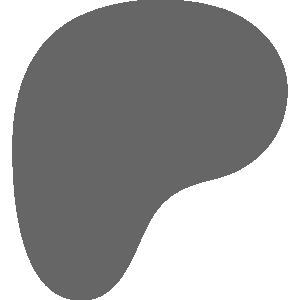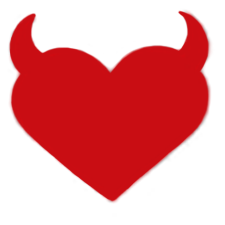Collaboration – More Than Just TFP
When I express an interest in collaborating with someone, I mean that as something more than just a transactional “trade for photos” arrangement. Instead, I mean it in the genuine sense of the word: working together to share ideas, resources, and time in order to create images that we both enjoy.
To help make that collaboration a success, I think it’s helpful to share our expectations: the goals, interests, and limitations we both bring to a shoot. The sections below are designed to help with that by asking you some questions, sharing information about how I typically work, and answering questions I’m often asked.
Before the Shoot
As I’ve said, I prefer working _together_, so before the shoot, I’ll ask about the ideas or goals you have for the shoot as well as any limits you’d like to establish.
- Concept: What general concept(s) are you interested in creating together?
- Location: What kind of location(s) did you have in mind and/or are there types of locations with which you would not be comfortable?
- Clothing / Props: What clothing, props, or other materials would we need to make the concept work?
- Nudity / Kink / Fetish (Optional): What is your comfort level and/or what are the limitations you have related to the depiction of nudity or kink / fetishes?
- Anonymity: Do you have any concerns or limitations related to anonymity in the images we create or share?
- Platforms: How do you plan to use the images we create? Do you have any limitations on where images are intentionally shared or how I would use them?
Once we’ve agreed on a concept, date, and location, we can decide if we need to do any other preparations before the shoot itself, such as: purchasing or making props, scouting a location, getting together to practice any challenging rope work that may be involved, securing help from spotters or other assistants, finding make-up artists to create a certain look, etc.
If we’re planning a group shoot, I often create a private channel for that shoot in my Discord to allow participants to share ideas, coordinate outfits and resources, etc.
During the Shoot
My goal is to enjoy the collaboration and try to make the best art that we can.
I prefer having a third party on hand for any shoot that involves nudity, implied nudity, rope, or fetish work. Often, that means I will bring an assistant. However, you are always welcome to bring someone to the shoot, provided they are aware of and on board with the plans for the shoot. Bonus if they’re willing to help out!
I try to make clear before and throughout the shoot that your comfort and safety is my priority. I will not ask to move beyond any limits you established before the shoot, but I am willing to adapt to the location or changes in your goals or readiness.
After the Shoot
If rope work was involved: shortly after the shoot, I will check in with you to make sure you’re doing well.
As soon as possible after the shoot, I will select and process the images that I feel best present our efforts. (On occasion, I may also ask for your input at this stage.) See below for more details on my approach to editing.
I usually try to send at least one image within a few days of our shoot, and I deliver all finished images through this site for final approval (see the Registration page for more):
- Images are 2048px on the long edge (I can provide different crops and/or censored images for various social media on request)
- I confirm that images we created are inline with our goals and with the usage preferences in your profile AND/OR note any specific preferences you have on a per-image basis
- For all images you approve, you are free to use them for promotion and sharing on social media, portfolios, or pay-only access sites (with appropriate credit)




